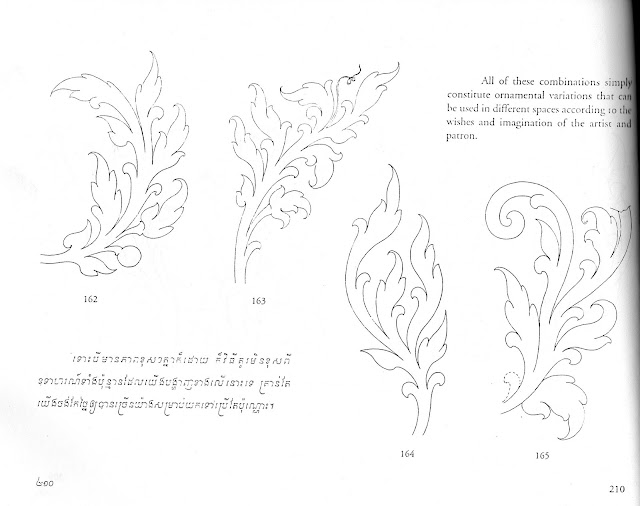The use of mythical characters in Kbach Plmi Plcung
Mythical characters are often used in com
tions of Khach Phni Pleung. In the Following pai
figures, the left side of the figure shows the process Of‘
and the right sicle of the figure shows a possible final ll
Kab seen from the side
ការប្រើប្រាស់តួអក្សរទេវកថានៅក្នុង Kbach Plmi Plcung
តួអក្សរធម្មជាតិត្រូវបានគេប្រើជាញឹកញាប់នៅក្នុង com
Khach Phni Pleung ។ នៅខាងក្រោយប៉ៃ
រូបភាពខាងឆ្វេងបង្ហាញរូបភាពដំណើរការនៃ '
និងស្ត្រិចស្ត្របថនោយបងា្ហាញពីលទ្ធភាពដ្រលអាចកើតឡើងបាន
Kab មើលឃើញពីចំហៀង













































